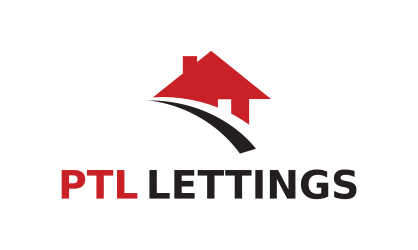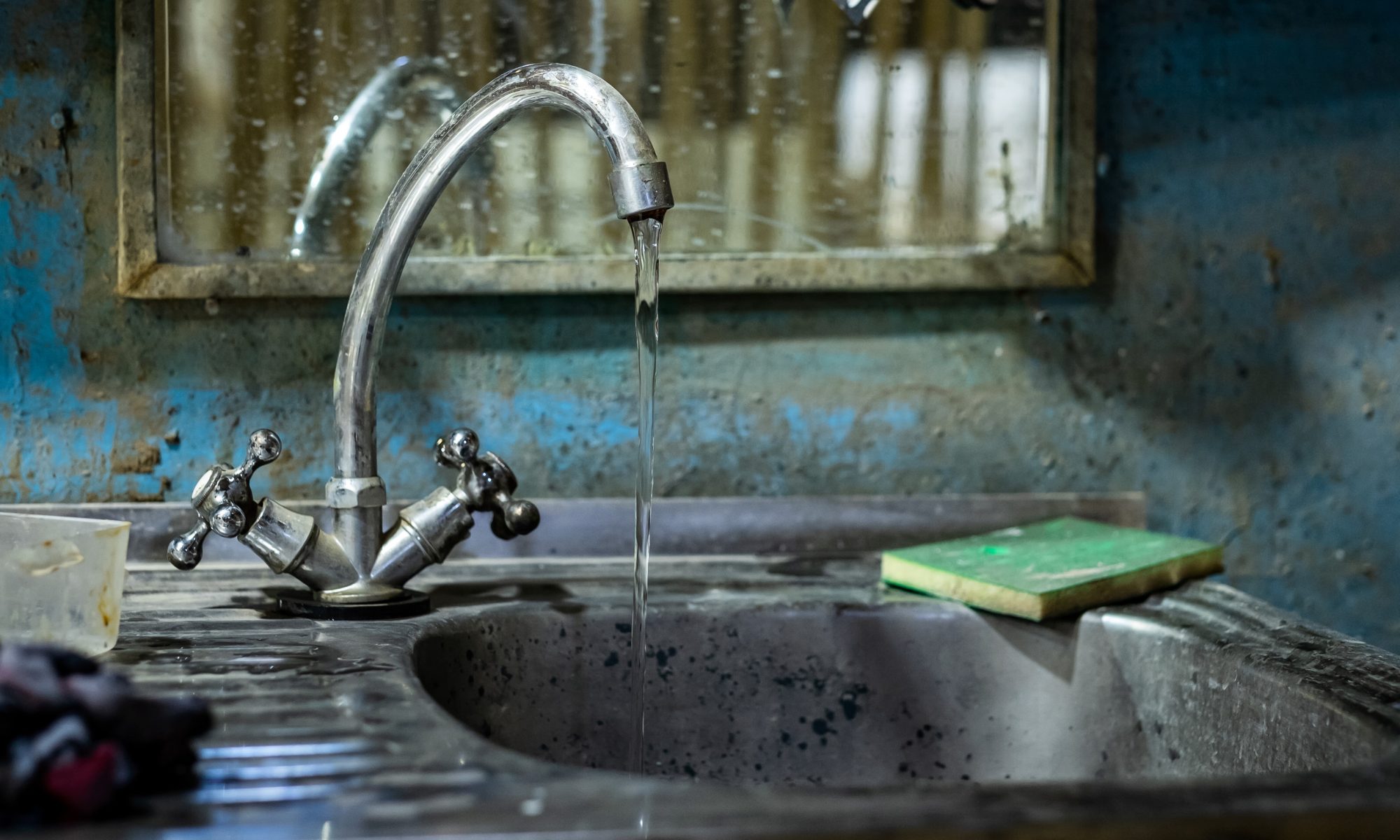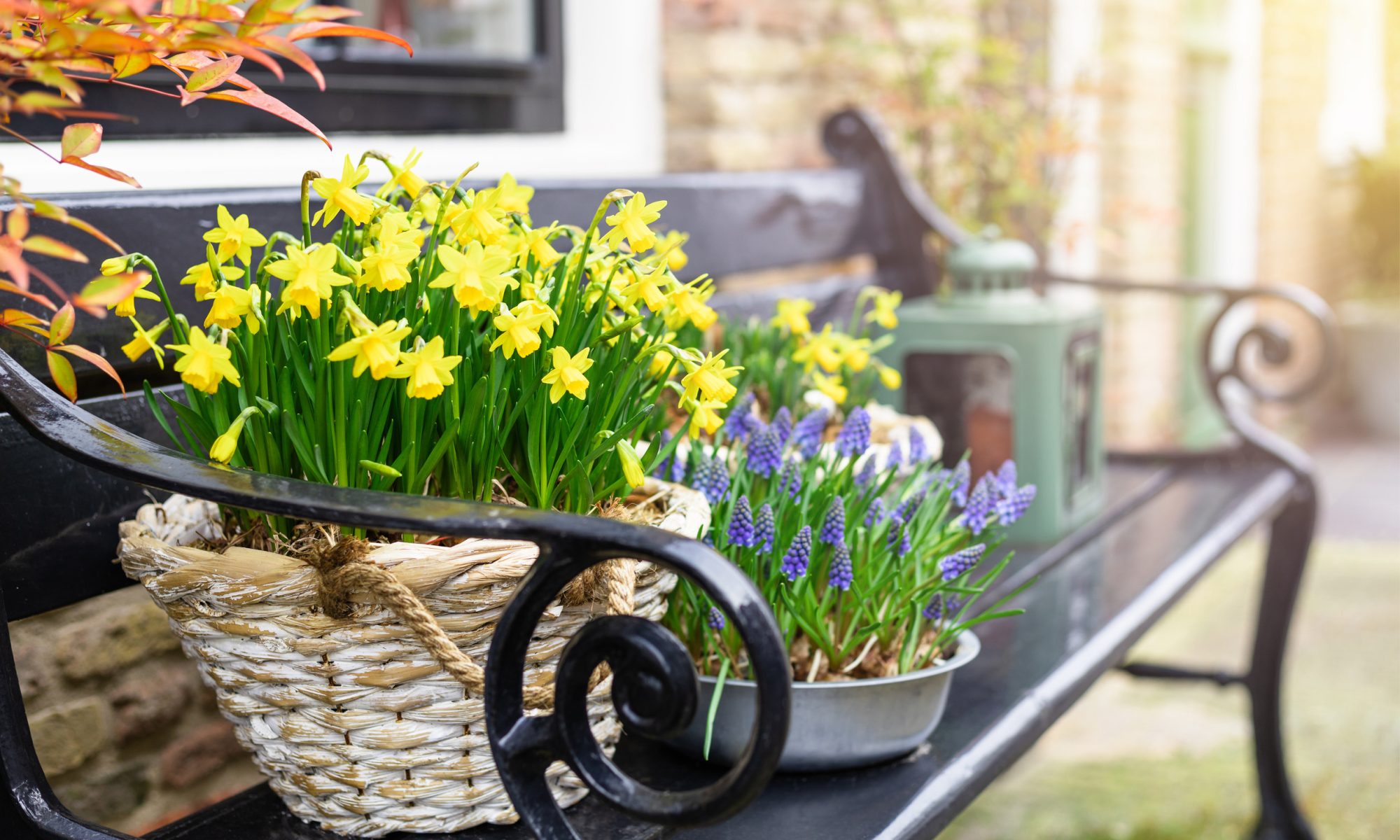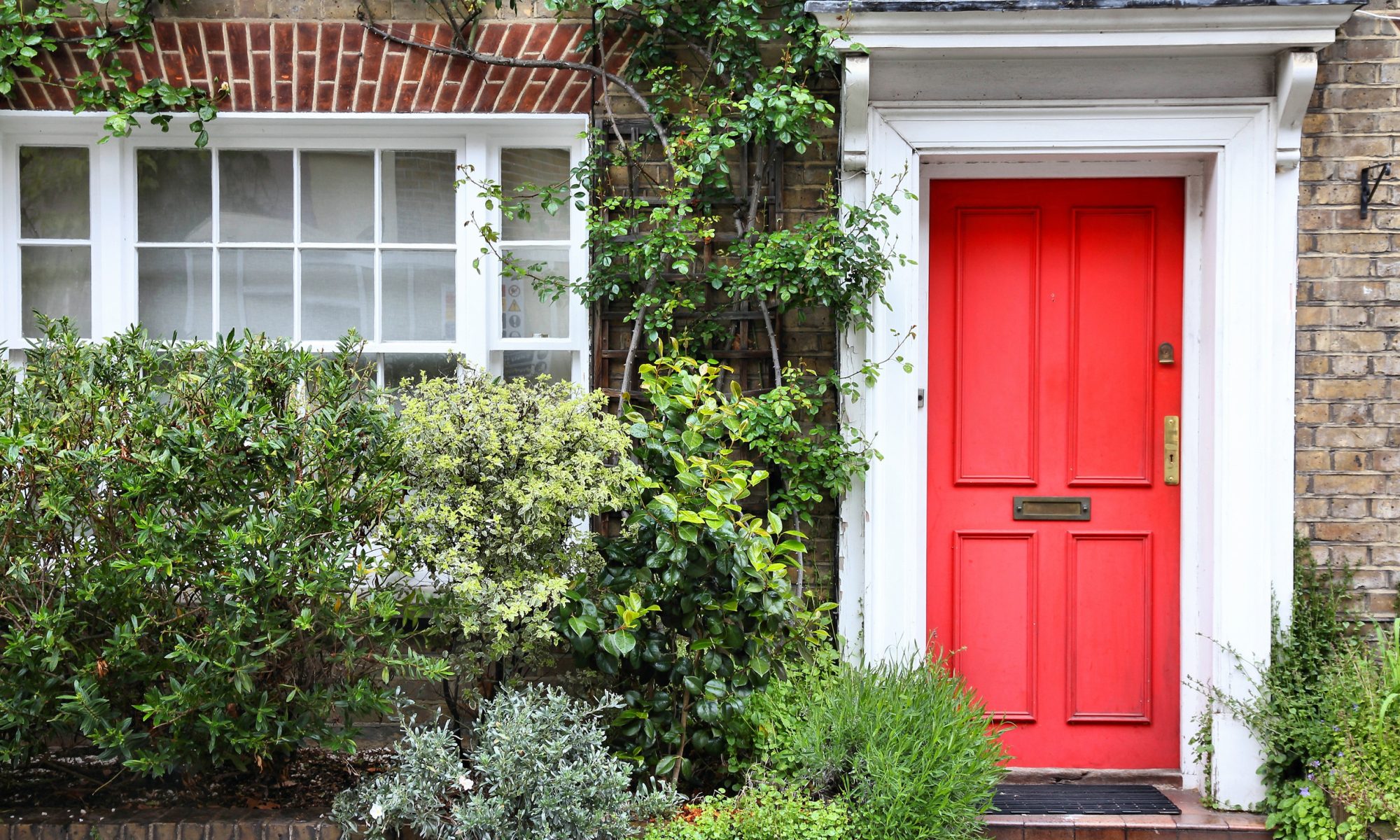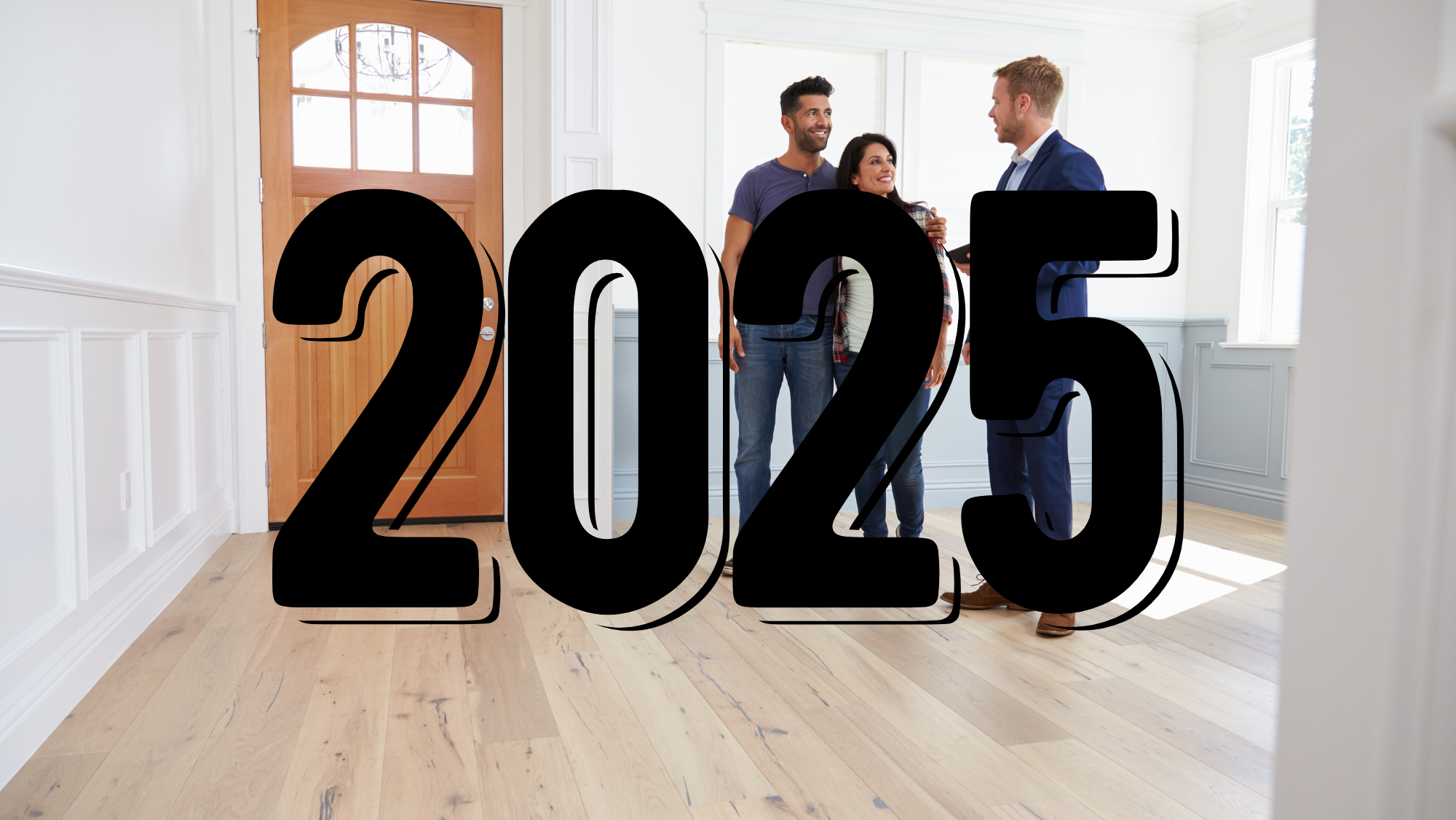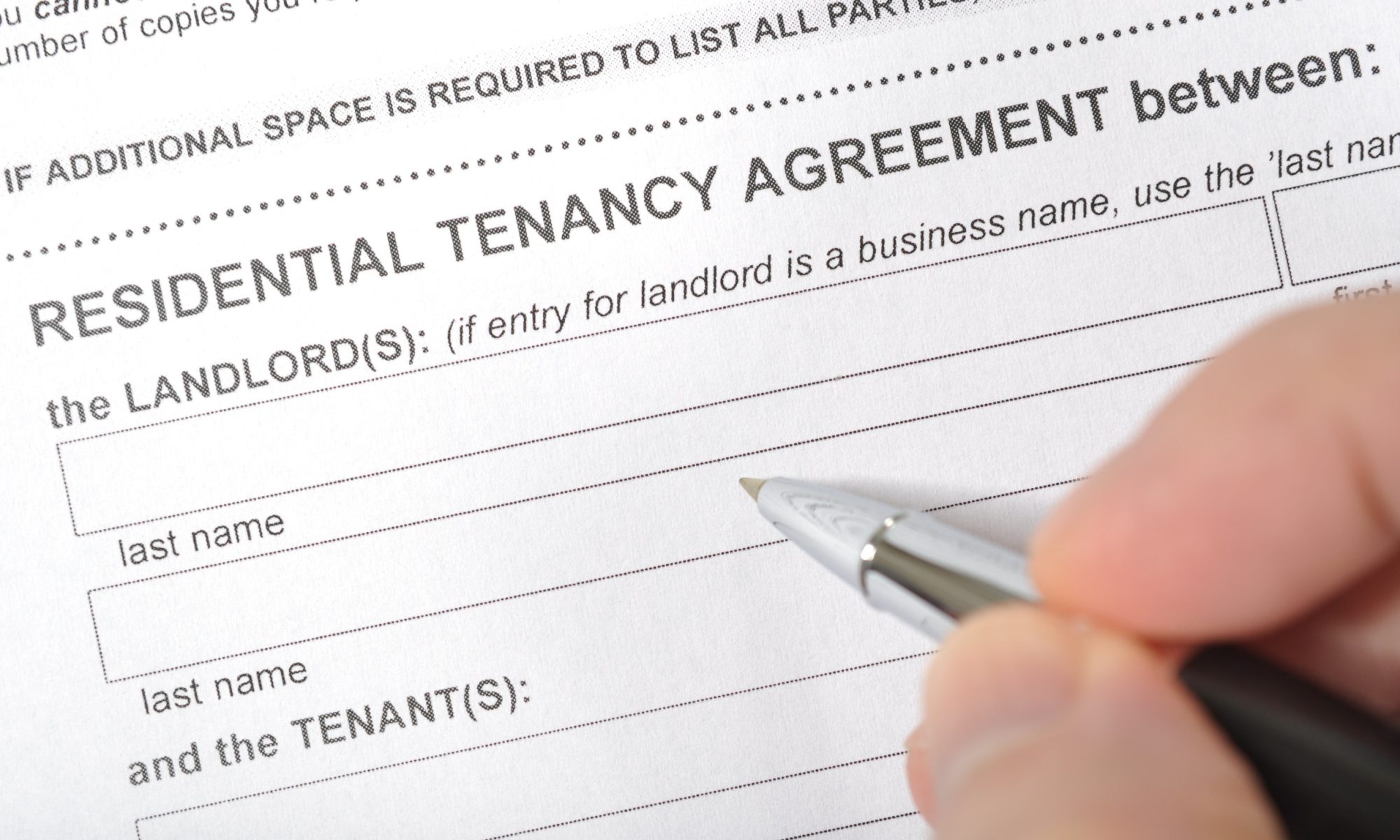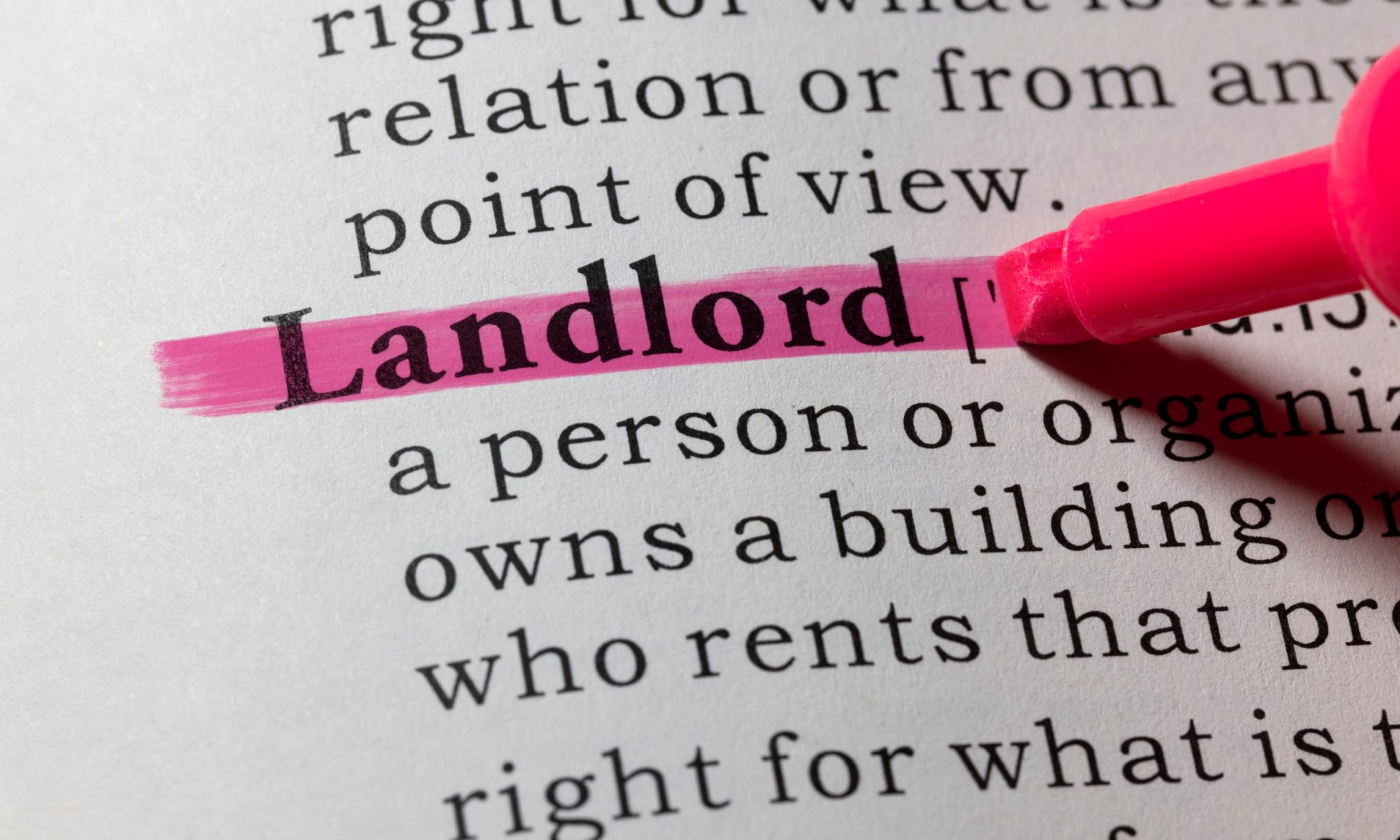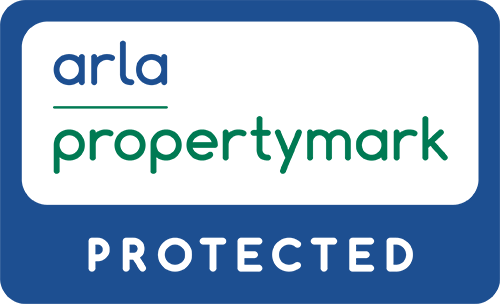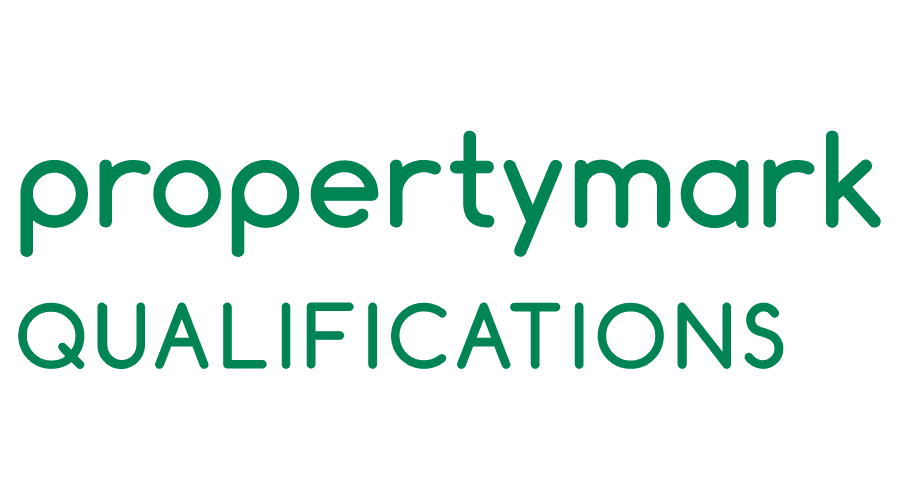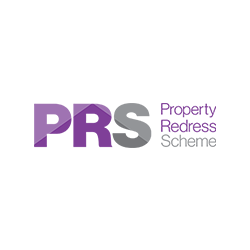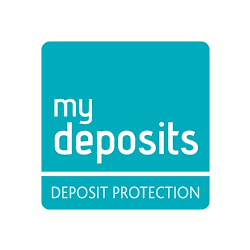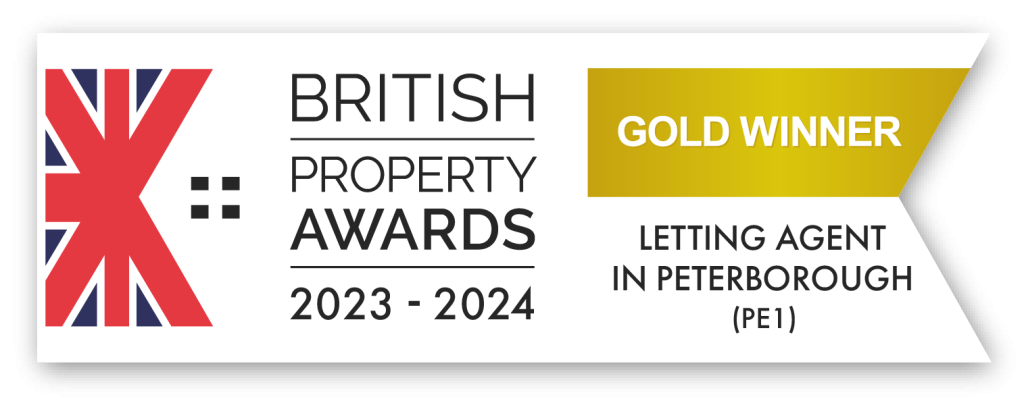Dealing with noise complaints is unfortunately part and parcel of being a landlord. Whether it’s a neighbour calling to report late-night music or becoming annoyed by a barking dog, these situations can quickly affect the peace. At PTL Lettings, we support landlords across Peterborough with practical help and expert advice to deal with noise issues quickly, fairly and within the law.
If you let out a property privately in Peterborough, or even if you already work with a letting agent in Peterborough, here’s what you need to know about dealing with noise complaints – from spotting a one-off disruption to resolving ongoing issues and keeping everyone on side.
You may also be interested to read: Tips for Finding the Best Tenants
What Counts as a Noise Complaint?
As in any household, some level of noise is normal. Tenants will live, cook, chat, clean and host friends. But when that noise becomes excessive, persistent or occurs during quiet hours, it can cross the line.
Dealing with noise complaints – common types:
- Bass-heavy music or loud TV, especially late at night
- Repeated parties or gatherings
- Raised voices, arguments, or shouting
- Dogs barking or howling for long periods
- DIY or construction work early in the morning or late at night
- Stomping, banging or loud footsteps in flats
The key difference is whether the noise is frequent, disruptive, or happening during anti-social hours. As a landlord, you’re not expected to monitor your tenants constantly – but you are expected to act if a genuine issue is raised and not resolved.
Step-by-Step: How to Handle a Noise Complaint
If a complaint lands in your inbox or you get a call from a neighbour, follow these steps:
1. Acknowledge the Complaint Promptly
A quick, polite response helps calm things down. Let the complainant know you’re taking it seriously and will look into it.
2. Ask for Specifics
Encourage the person reporting the noise to give dates, times, and descriptions of what they’ve heard. Ask if they’ve kept a log or if they’re aware of anyone else who’s been affected.
3. Speak to the Tenant Involved
Approach the tenant calmly and without judgment. Use it as an opportunity to hear their side of the story. Often, they’re unaware they’re being noisy – especially in older or poorly insulated buildings.
4. Suggest Improvements
If it’s a one-off event or something simple (e.g. moving a speaker away from a shared wall), encourage the tenant to make small changes. You could even suggest using rugs or pads under furniture to reduce sound.
5. Put It in Writing
If the problem happens again, follow up with a friendly but firm written notice. Refer to the tenancy agreement and make it clear they’re expected to keep noise to a minimum and respect neighbours.
6. Keep Records
Save emails, messages, and notes about conversations. If you need to involve environmental health or serve notice, having clear records will strengthen your case.
7. Escalate When Necessary
If nothing changes after warnings and communication, and the noise continues to be a serious problem, you may have grounds to take formal action. A Section 8 notice citing anti-social behaviour (Ground 14) might be appropriate – but always take legal advice first.
Pro Tips for Preventing Noise Issues
Preventing noise complaints is far easier than solving them. Here are some solid ways to reduce the risk from the start:
- Set clear expectations from day one
Include a section in the tenancy agreement about noise and anti-social behaviour. Make it easy to understand. Mention quiet hours (typically 11pm–7am) and outline consequences for ignoring complaints. - Discuss ‘house rules’ at move-in
During the move-in appointment, explain your expectations around behaviour and noise. This personal conversation often has more impact than a document. - Reference thoroughly
Always carry out thorough tenant referencing. Look for past rental history and speak to previous landlords to see if there were any reported problems. - Conduct regular inspections
Inspections every 3–6 months help you spot signs of a disruptive tenant or a house-share that’s becoming noisy. If you notice complaints during an inspection, take the opportunity to raise it gently. - Encourage neighbour communication
Suggest tenants introduce themselves to neighbours early on. A friendly relationship makes neighbours more likely to speak directly with tenants if there’s a problem, rather than going straight to you or the council. - Work with a professional property management company in Peterborough
Letting professionals like PTL Lettings can take these potential headaches away from you. We’ll handle communication, mediate any disputes, and follow the proper process if action is needed. - Choose your properties wisely
If you’re investing in flats or HMOs, consider sound insulation, layout, and building structure. Thin walls and poor insulation are a common cause of tenant frustration.
You may also be interested to read: How to Handle a Nuisance Tenant
Who’s Responsible?
The tenant is responsible for their own behaviour. However, as the landlord, you do have a duty to respond to genuine complaints – especially if they’re ongoing. Ignoring them could lead to council involvement or reputational damage. If the tenant’s behaviour breaches their tenancy, you’re expected to take appropriate action.
This is where working with a property management company in Peterborough can really help. We understand how to act when dealing with noise complaints and know how to balance firm action with fairness.
Whether you’re self-managing or working with a property management company in Peterborough, noise complaints need to be handled calmly, fairly, and promptly. A bit of communication and a clear process go a long way.
Need support dealing with tenant complaints or managing a property to rent in Peterborough?
Call PTL Lettings today on 01733 555183 or email us at info@ptl-lettings.co.uk – we’re here to make your life as a landlord easier.
In the meantime, we’ve answered some of your common questions about noise complaints.
FAQs
What if I don’t think the complaint is serious?
It’s worth checking it out anyway. Some noise issues seem small but can cause big frustrations over time. If you act early, you can usually nip it in the bud.
Can the council get involved?
Yes – if someone reports ongoing noise to the local environmental health team, they may investigate. They can issue formal warnings or even noise abatement notices.
What’s the worst-case scenario?
In extreme cases, persistent noise can be grounds for eviction. But this is usually a last resort, after clear evidence and attempts to resolve the problem.

